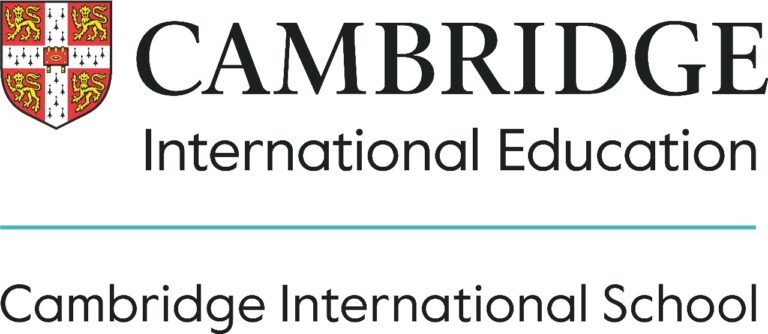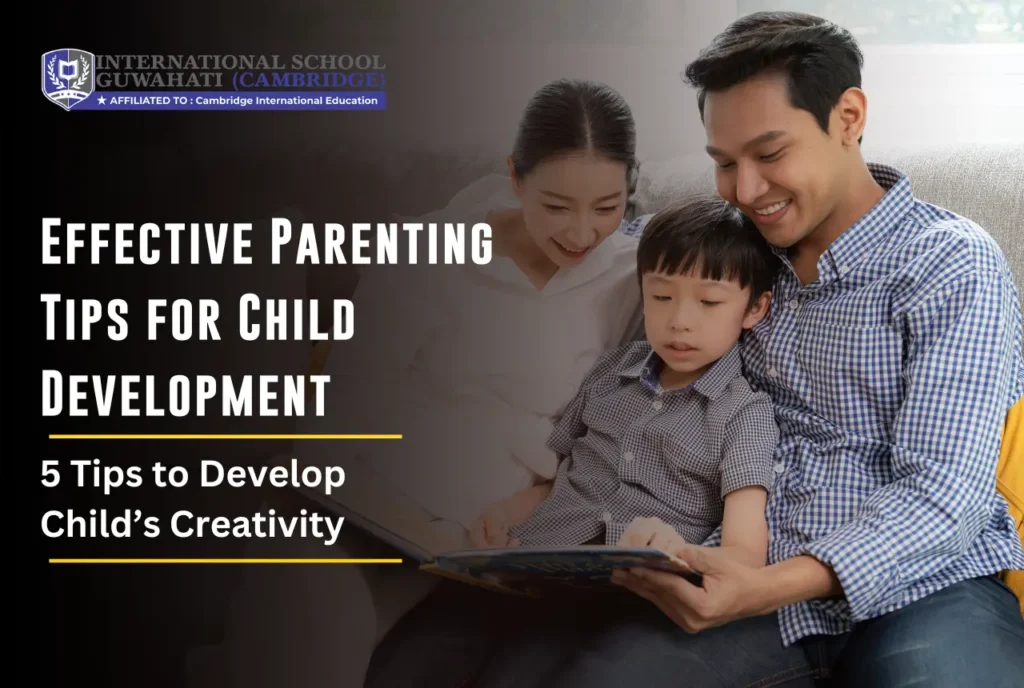![]()
Before discovering effective parenting tips for child development, you might feel overwhelmed by the endless advice and conflicting theories on nurturing your child’s growth.
After learning these tips, you’ll feel empowered and confident in your ability to foster your child’s creativity and overall development. Imagine a world where your child blossoms into a creative and innovative thinker, brimming with confidence and curiosity.
In this article, we’ll explore five effective parenting tips for child development that are specifically designed to boost your child’s creativity.
From encouraging imaginative play to fostering a love for learning, these tips will transform your parenting approach and help your child reach their full potential.
Whether you’re a new parent or looking to refine your parenting techniques, these insights will provide you with the tools you need to nurture a thriving, creative child. Let’s dive into the world of imaginative growth and development!
Boosting a Child’s Creativity with These 5 Effective Parenting Tips for Child Development
Provide Open-Ended Play and Exploration
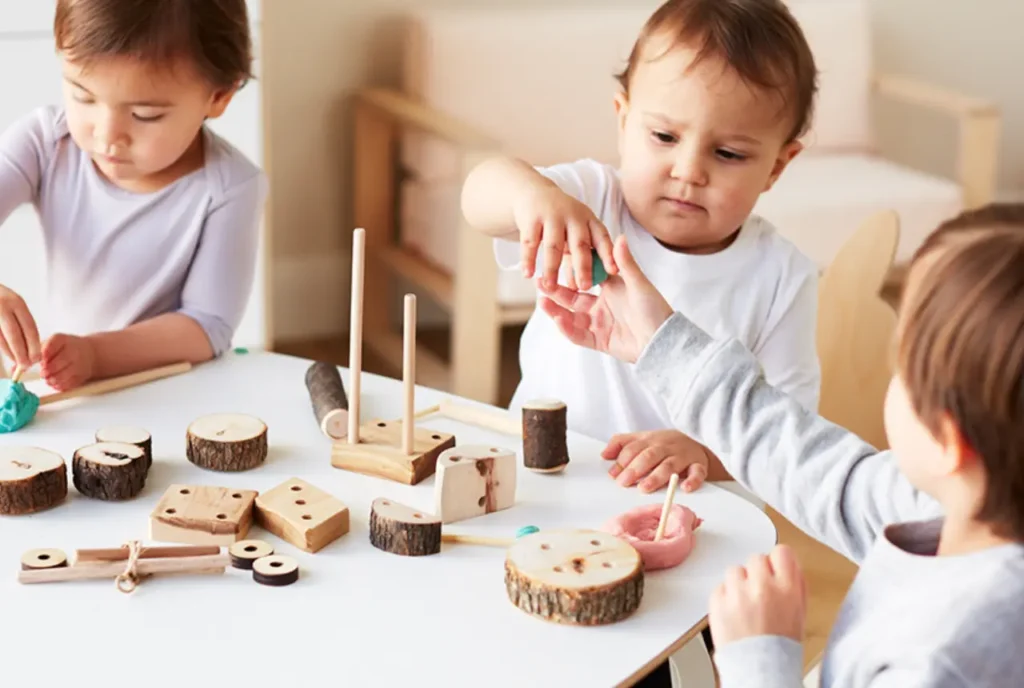
Open-ended play is key to sparking creativity in children, allowing them to explore their imaginations without limits. This type of play lets kids invent, build, and create in their own unique ways. Think about blocks that can become anything from simple towers to elaborate castles, art supplies like crayons and paint that let kids express themselves, and costumes and props that make role-playing and storytelling come to life.
Giving kids unstructured playtime, where there’s no specific goal or direction, is crucial for their creative growth. It helps them make decisions, solve problems, and think critically. Cutting down on screen time is also beneficial, as it gives children more chances to engage in active, imaginative play instead of just consuming media.
Another great idea is “loose parts” play, where children have access to materials like stones, shells, and sticks. These items can be used in endless ways, encouraging kids to think creatively and explore different possibilities. By incorporating open-ended play into their daily routine, parents can create a nurturing environment that helps their child’s creativity flourish.
Embrace the Power of Process Over Product
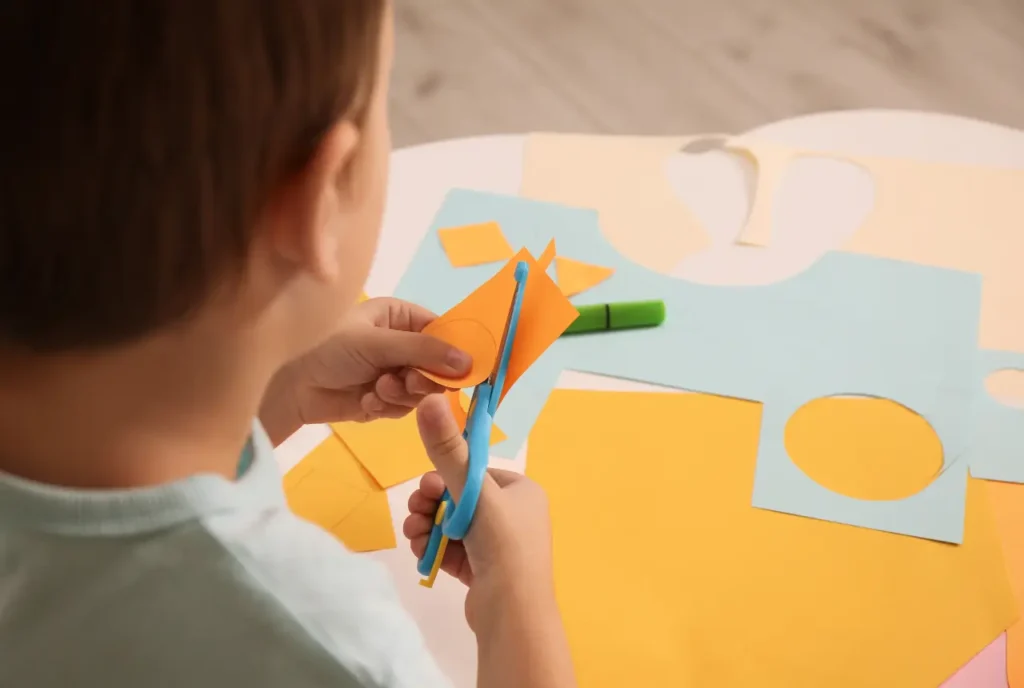
It’s important to focus on enjoying the creative journey rather than just the end result when nurturing children’s creativity. When kids are encouraged to explore, experiment, and take risks in their creative activities, they learn to appreciate the learning and growth that happen along the way. This approach helps them build resilience and a positive attitude toward challenges, knowing that mistakes are a natural part of learning and improving.
Encouraging a growth mindset is crucial. It teaches children that they can improve their abilities through effort, persistence, and learning from mistakes. To foster a growth mindset, it’s essential to praise children’s effort, creativity, and willingness to try new things, not just the final outcome. For example, you could say, “I love how you tried different ways to solve that problem” or “You put a lot of effort into that project.”
“Divergent thinking,” which means coming up with lots of different ideas or solutions to a problem, is key to creativity. When we encourage children to think divergently, it helps them explore different possibilities and think outside the box. This kind of thinking promotes innovation and lets children approach challenges with creativity and flexibility. By emphasizing the process over the end result, promoting a growth mindset, and encouraging divergent thinking, we create an environment where children can really thrive creatively.
Spark Curiosity and Ask Open-Ended Questions
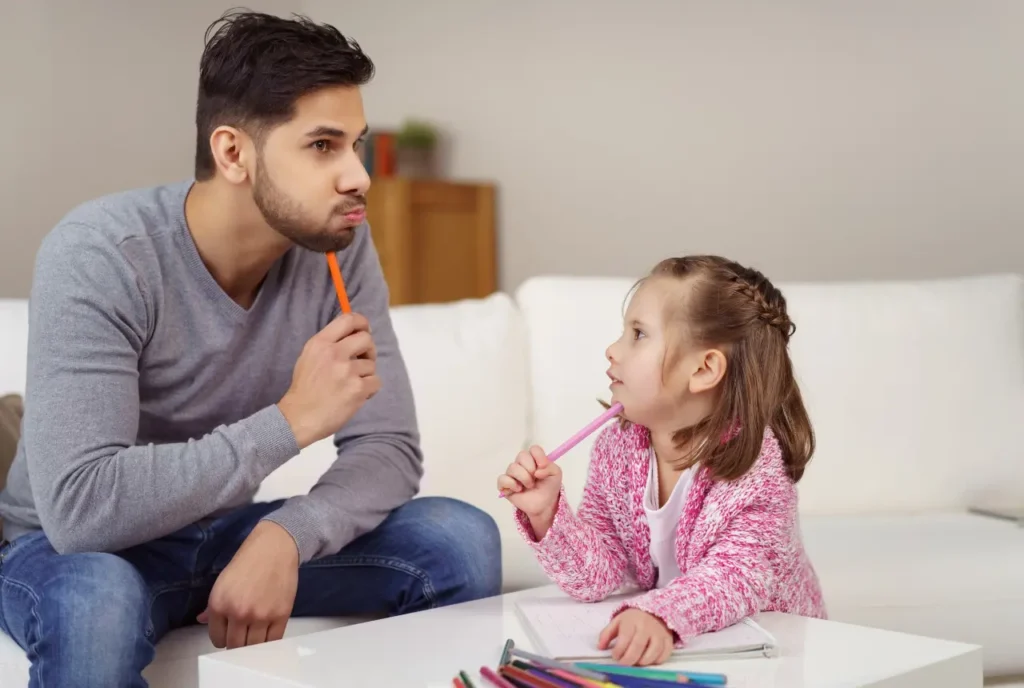
Curiosity is a powerful driver of creativity in children, motivating them to explore, discover, and find innovative solutions. When kids are curious, they ask questions, investigate, and engage in activities that stimulate their imagination and critical thinking.
To nurture curiosity and encourage creativity, parents should ask open-ended questions that promote exploration and deep thinking. Questions like “What do you think would happen if…?” or “How could we solve this problem?” encourage children to consider different perspectives and come up with their own ideas. This fosters independence and innovative thinking.
Active listening is just as crucial for sparking curiosity. When parents listen attentively and respond with genuine interest to their child’s questions and ideas, they validate their curiosity and encourage further exploration. This interaction makes children feel valued and supported in their learning journey.
The concept of “wondering” is also key to fostering a love of learning. When children wonder about the world and ask questions, they’re driven to seek answers and expand their knowledge. Wondering promotes curiosity, creativity, and a lifelong passion for learning, making children more engaged and excited about exploring new ideas and concepts.
Parents can inspire their children’s creativity and cultivate a deep appreciation for learning and discovery by nurturing curiosity through open-ended questions and active listening. It’s about encouraging that sense of wonder and supporting children as they explore and learn more about the world around them.
Nurture a Creative Environment
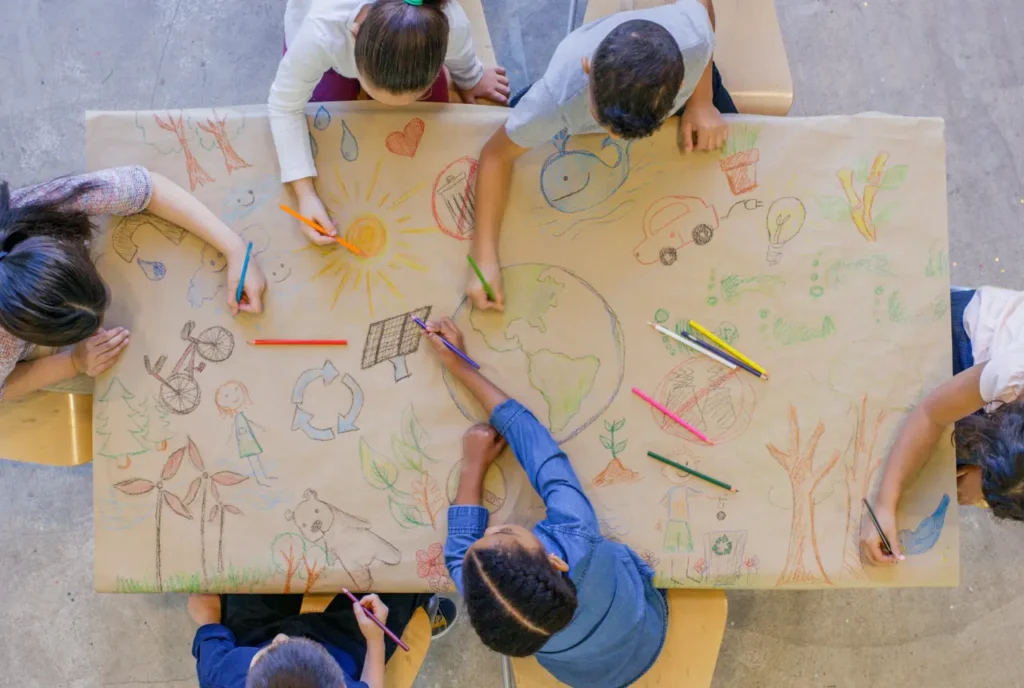
The physical environment plays a crucial role in nurturing creativity in children. A well-designed space can inspire imagination, facilitate exploration, and support the creative process.
Setting up a designated area for creative activities doesn’t have to be complicated. It could be a corner of a room or a specific table where kids can draw, paint, craft, or build. This space should be well-lit, cozy, and free from distractions so children can focus on their creative projects.
Using natural materials and open-ended art supplies can boost creativity even more. Natural items like pinecones, seashells, and feathers can ignite kids’ curiosity and inspire art that connects them to the natural world. Open-ended supplies such as crayons, markers, paints, and clay give children the freedom to express themselves and experiment with different techniques.
Spending time in nature has great benefits for creativity. Nature stimulates the senses, encourages observation, and motivates children to explore and discover. Research shows that being outdoors can improve thinking skills, reduce stress, and boost creativity. Bringing elements of nature inside, like plants or natural light, can create a calming and inspiring atmosphere that supports creative thinking.
Parents can help their children develop imagination, problem-solving abilities, and a deeper appreciation for the world around them by creating a nurturing environment that promotes creativity and using natural materials and open-ended art supplies.
Model Creativity in Your Daily Life
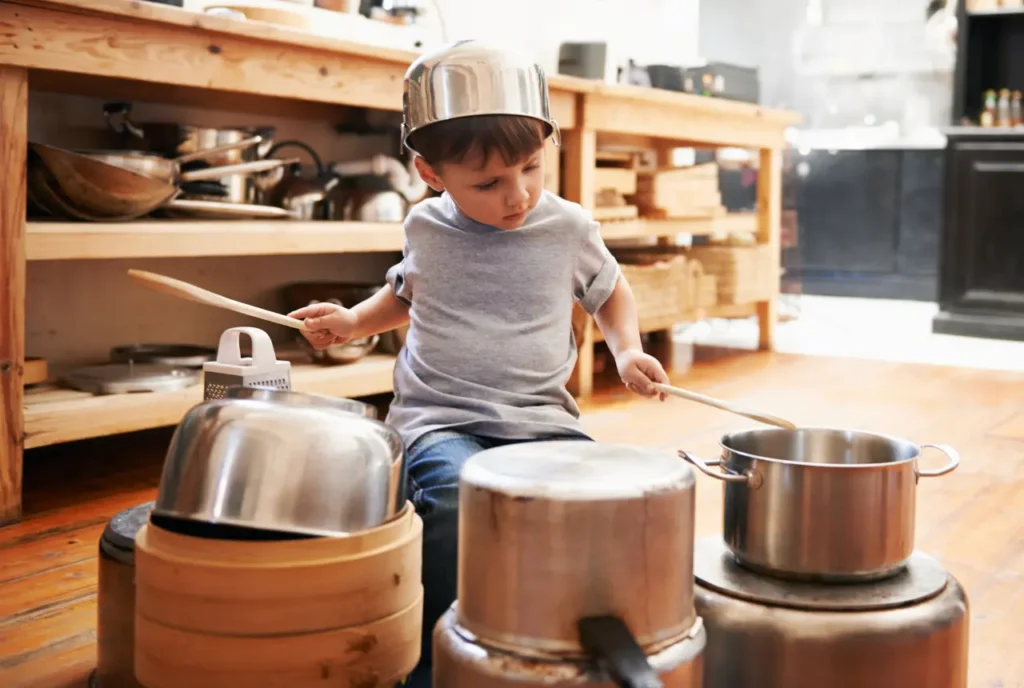
Children learn a lot by watching their parents, especially when it comes to creativity. Parents are powerful role models whose actions and attitudes shape their children’s development in meaningful ways.
When parents embrace their own creativity and pursue creative hobbies, they demonstrate the importance of self-expression and exploration. Whether it’s painting, cooking, gardening, or playing a musical instrument, parents can show their children that creativity is something to enjoy and celebrate.
It’s also important for parents to approach challenges and mistakes with a positive attitude. By tackling setbacks with resilience and a problem-solving mindset, parents teach their children that failures are opportunities to learn and grow. This positive outlook encourages perseverance and motivates children to take risks in their own creative pursuits.
Modeling a growth mindset is crucial here. A growth mindset emphasizes that abilities and intelligence can improve through dedication and hard work. When parents demonstrate a growth mindset, they show their children that with effort and persistence, improvement is possible. This mindset encourages children to embrace challenges and see failures as stepping stones to success.
By modeling creativity, resilience, and a growth mindset in their daily lives, parents can inspire their children to explore their own creative potential and approach life with curiosity and enthusiasm.
Addressing Common Challenges in Fostering Creativity
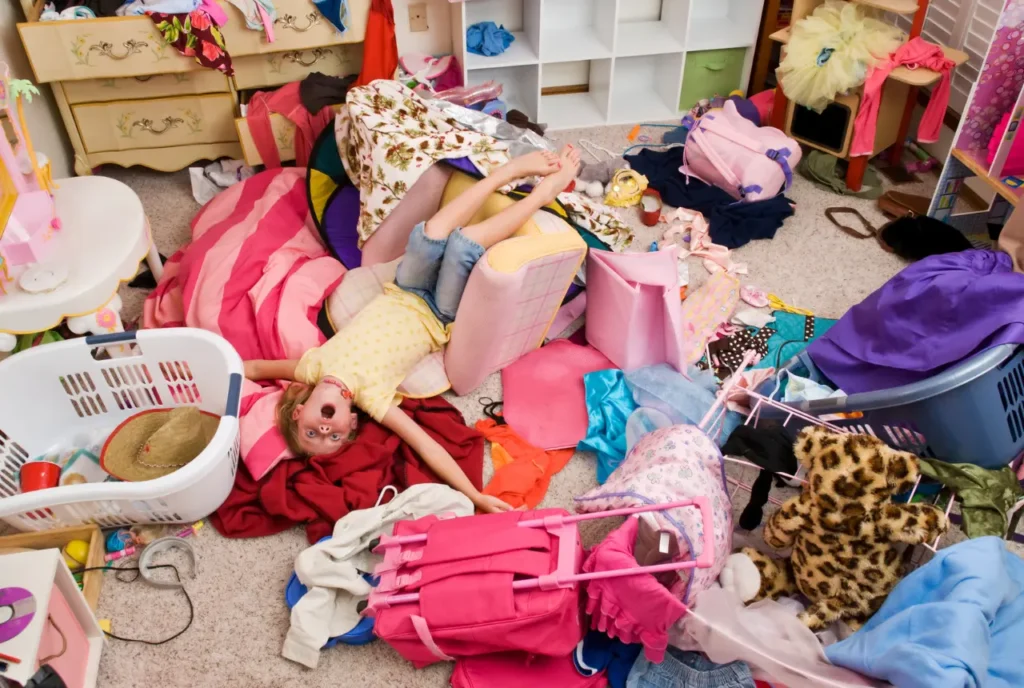
Parents often face challenges when nurturing their child’s creativity, from concerns about messiness to worries about perceived lack of talent. Addressing these challenges positively can help parents effectively support their child’s creative development.
Messiness
Many creative activities can be messy, which might worry parents about cleanliness and organization. However, messiness often shows active exploration and experimentation. To handle this:
Encourage creativity in designated areas where mess is easier to manage.
Use washable art supplies and cover surfaces to make cleanup less stressful.
Lack of “Talent”
Parents may worry if their child doesn’t seem naturally talented in artistic or creative activities. However, creativity is a skill that grows over time.
Tips include:
Focus on effort and the creative process rather than the final result.
Give positive feedback and praise for trying new things.
Creative Confidence
Building creative confidence is key for children to feel comfortable exploring their ideas and expressing themselves creatively. Ways to boost creative confidence:
Encourage children to share their ideas without worrying about criticism.
Applaud their efforts and persistence in overcoming creative challenges.
By addressing common concerns and promoting a positive environment for creativity, parents can support their children’s growth and development, nurturing a lifelong passion for creative expression.
The Importance of Balance: Creativity Alongside Other Developmental Skills
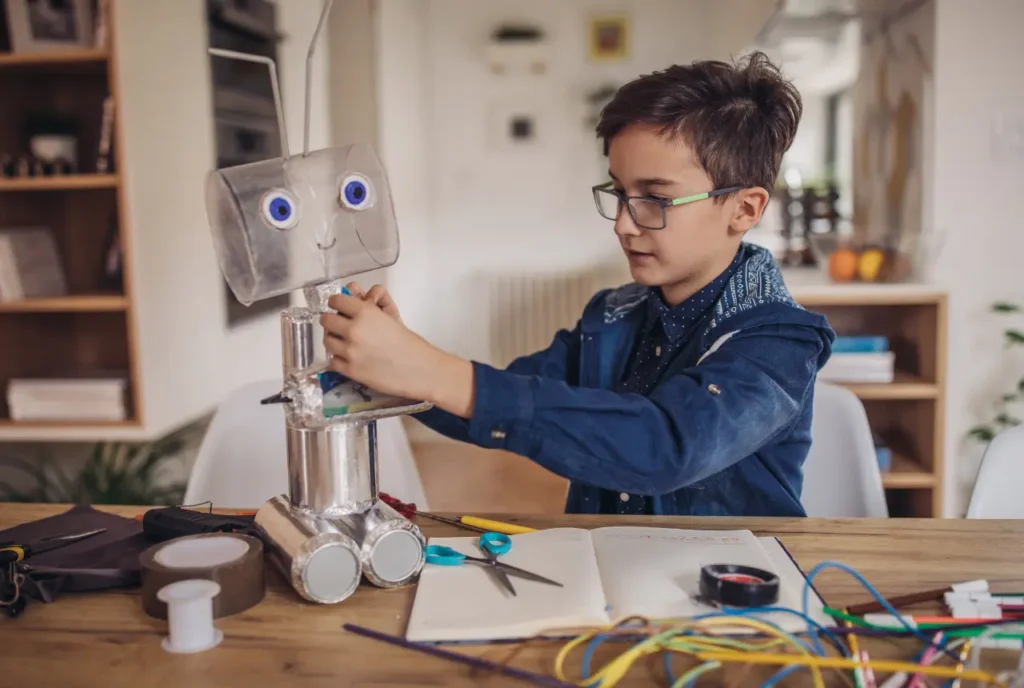
A well-rounded development is crucial for children as it encompasses various aspects that contribute to their overall growth and success. While creativity is important, it’s equally essential to foster other developmental areas to support a child’s holistic development.
Well-Rounded Development
A balanced approach to child development ensures that children not only excel in creative activities but also develop social-emotional skills, physical abilities, and literacy. These areas complement creativity and contribute to a child’s ability to navigate and thrive in the world.
Other Crucial Developmental Areas
Building relationships, understanding emotions, and developing empathy are vital. Developing gross motor skills, fine motor skills, and overall physical health. Improving reading, writing, and communication skills.
Integrating Creative Activities
To integrate creative activities into other developmental domains, consider these tips:
Social-Emotional Skills
Encourage collaborative art projects where children work together to create something, fostering teamwork and communication.
Physical Development
Engage in creative physical activities like dance, yoga, or outdoor art projects involving movement and coordination.
Literacy
Use creative storytelling, writing, or drawing activities to boost language skills and imagination. By integrating creative activities into these developmental domains, parents can provide a well-rounded learning experience that supports all aspects of their child’s growth. This approach helps children develop a broad range of skills and abilities crucial for their future success and well-being.
Balancing creativity with other developmental areas ensures that children have the tools and capabilities to explore their interests, express themselves, and engage meaningfully with the world around them. This holistic approach lays a strong foundation for lifelong learning and personal growth.
Conclusion
In conclusion, nurturing creativity in child development is crucial for fostering imagination, problem-solving skills, and overall well-being. Throughout this blog post, we’ve explored effective parenting tips to boost your child’s creativity and addressed common challenges that parents may face.
Nurturing creativity plays a vital role in shaping a child’s future. Encouraging creativity helps children become innovative thinkers who are ready to face the world. Every child has creative potential, and your support can help them discover and nurture their abilities.
By providing opportunities for creative expression, embracing the process over the product, sparking curiosity with open-ended questions, creating a nurturing environment, and modeling creativity in your daily life, you can inspire and empower your child to explore their imagination and reach their full creative potential. Together, let’s foster a lifelong love for creativity and learning in our children.

